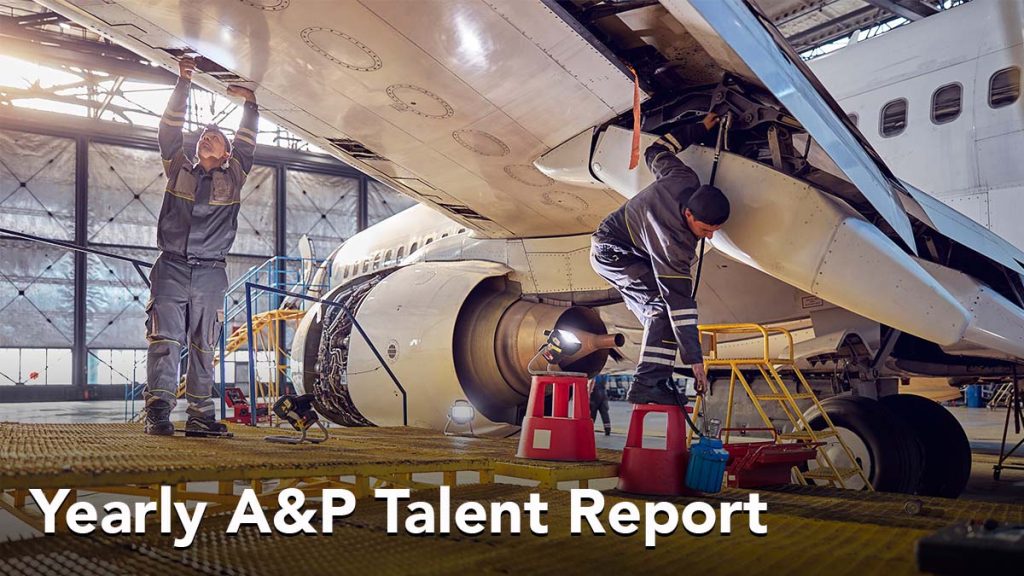
A Mixed Picture
The Aviation Technician Education Council (ATEC) has released its annual report on the state of the aviation maintenance workforce. According to the report, the number of FAA A&P mechanic certificates issued in 2021 increased by 33% from the previous year. But, it is still down from pre-pandemic levels.
A&P Shortages
There was growth in newly certified mechanics. However, the report found that the number of mechanics entering the workforce is still 20% short of meeting the increasing demand. There remains a large number of A&P mechanics retiring or leaving the industry.
The ATEC report also found that the average age of mechanics continues to increase. The average mechanic is now 53 years old, and 38% of mechanics are 60 or older. This aging workforce could pose challenges for the industry in the future. It will need to find ways to attract younger workers to the field.
Increasing Starting Rates and Jobs
One notable finding in the report is that 25% of new mechanics were hired by large carriers, a 15% increase from the previous year. This is a positive sign for the industry. It shows that there is increasing demand for new mechanics from major airlines. Furthermore, the average starting hourly rate for new mechanics is $25.49 per hour, up 12% from the previous year and 20% over the past two years.
THE AVERAGE A&P STARTING RATE IS NOW $25.49. THAT’S UP 12% FROM THE PREVIOUS YEAR AND 20% OVER THE PAST TWO.
Improving Gender Diversity — but Still Highly Divided
The report found that the talent market for mechanics is still immensely underrepresented by women. They make up only 2.63% of maintenance technicians. This is despite the fact that women made up 9% of A&P students in 2021, which could indicate some positive trends in the demographics of the industry.
More A&P Mechanics Needed
Overall, the ATEC report paints a mixed picture of the state of the aviation maintenance workforce. There has been some growth in the number of new mechanics and an increase in hiring by major carriers. But, the industry is still facing a shortage of talent and an aging workforce. This highlights the need for continued efforts to attract and train new mechanics. We must also support the development of the existing workforce. It will be important for the industry to continue to monitor these trends and address any challenges that arise in order to ensure a healthy and sustainable aviation maintenance workforce for the future.